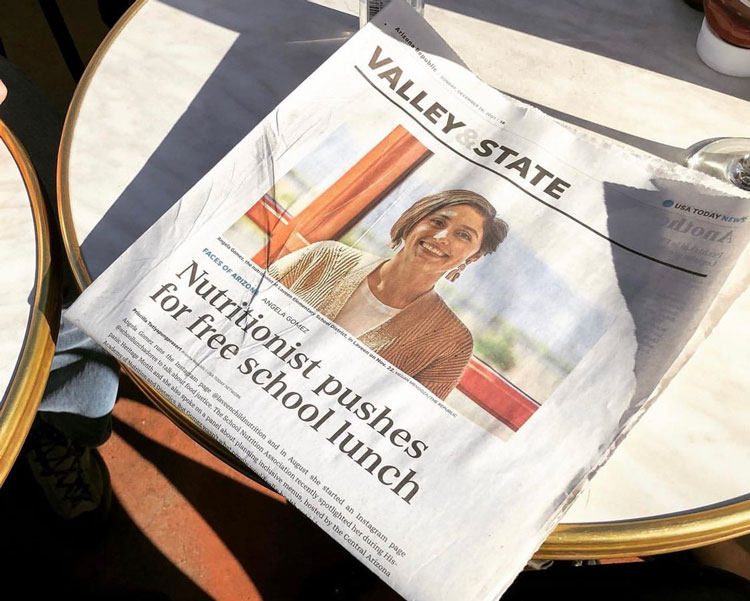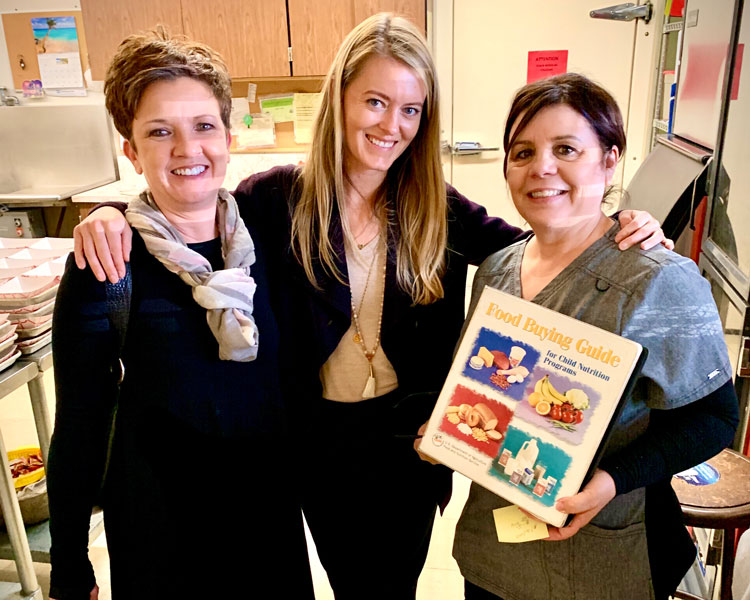Breaking Down the Importance of School and Summer Meal Programs
In the summer months, Feeding San Diego focuses on the problem of childhood hunger. We know that summer break can present added challenges for families facing hunger. While California made headlines last year for becoming the first state to offer free breakfast and lunch to all school children, ensuring students have the nutritious meals they need all year through school and summer meal programs requires a lot of behind-the-scenes work.
To learn more about school meals and the resources needed in the summer months, we connected with Jennifer McNeil, RDN, SNS, and co-founder of LunchAssist. LunchAssist is a consultancy that helps school nutrition professionals navigate complex regulations and empowers them to return their primary focus to what matters most: feeding children well.
Co-founder of LunchAssist, Jennifer McNeil, RDN, SNS
Q: Thank you so much for answering our questions, Jennifer! First up: What is the current state of school meals in California?
A: The current state of school meals in California is one of excitement and transition. California is one of three states that has passed its own universal free school meal programs. Although the California government has supported the transition with additional funding for staff training and kitchen equipment, there will still be a big learning curve and adjustment period for California schools and program operators.
Q: How do universal school meals help fight food insecurity?
A: School meals are the bedrock of how our nation combats childhood food insecurity. Universal school meals will help ensure no child goes hungry at school regardless of socioeconomic status. Many of us have heard the saying, “It isn’t good nutrition if kids aren’t eating it.” The more students participate in school meals, the less stigma there is around eating in the cafeteria.
We’re on the right track, but there is still a lot of work to be done!
When more students eat a balanced and healthy school meal, we see lower levels of food insecurity, better overall health, and increased student performance. The increased student participation we expect will also mean more money for school meal programs due to how the state and federal government reimburse school meals.
We hope increased financial investments in school meals will result in increased sustainability of school meal programs, better jobs for cafeteria workers, and healthier food for students. Universal school meals are one (very important) part of the food insecurity puzzle. However, they must also be paired with long-term financial commitments from the state and federal government, policy changes to address existing disparities and inequities, and increased community support. We’re on the right track, but there is still a lot of work to be done!
Q: What about the summer months? How do schools help?
A: During the school year, many families rely on school breakfast, school lunch, afterschool snack, and school-based supper programs. When school is out, many families have to make a big adjustment to their monthly food budget at home to afford the additional meals typically eaten at school.
Luckily many schools across step up during the summer months to provide free meals to kids 18 years old and under via the Seamless Summer Option and the Summer Food Service Programs. (Note: you can learn more about Feeding San Diego’s Feeding Kids programs, which include school and summer meal programs). Schools also partner with community organizations like Feeding San Diego during the summer that provide summer meals and help ensure no kid goes hungry when school is out of session.
Q: Why did you co-found LunchAssist?
A: I lived in San Diego for nearly ten years and had the privilege of serving as the director of nutrition for Encinitas Union School District, where we offered farm-to-table dining for our students. I absolutely loved that job and never would have left if it weren’t for the need to relocate due to my partner’s job. Instead of looking for another position in one school district, I decided to help many school districts by starting a small consultancy called LunchAssist.
Today, we help hundreds of school districts navigate complex regulations, develop their workforce, and transition to scratch cooking. Our goal is for school nutrition directors and staff to feel supported and better equipped to feed hungry students! Schools take care of students; we take care of them!
A newspaper featuring a school nutritionist
Q: How does LunchAssist help non-profits like Feeding San Diego with school and summer meal programs?
A: We support non-profit organizations like Feeding San Diego in much the same way as we do school nutrition programs. Feeding San Diego does an amazing job of connecting youth around the county with nourishing meals via programs like the Summer Food Service Program and the Afterschool Supper Program. Your Youth Meals Team works very diligently to serve those meals following a myriad of state and federal guidelines. LunchAssist supports that team behind the scenes with training, resources, guidance, and one-on-one coaching to ensure they can feed as many people as possible!
We also collaborate with like-minded non-profit organizations like No Kid Hungry and the Center for Ecoliteracy on additional training, webinars, and resources that support child nutrition professionals.
Q: What is the most important part of school meals?
A: I’ll answer this one as a working mom of a toddler. I feel that one of the most important parts of school meals is helping to alleviate the domestic burdens placed on parents who would otherwise need to purchase, plan, prepare, and pack meals for their children to consume at school. Before I had a child, I don’t think I appreciated how important it is to have confidence in the quality and quantity of healthy food being offered to children when they are cared for outside the home (at school, child care, etc.).
The food the school provides for free is fresher and better quality than anything I could send from home.
My daughter eats the majority of her weekly meals and snacks at her preschool. She also eats better there due to the communal nature of eating with her peers. I feel incredibly fortunate that her preschool offers healthy meals and snacks that are often made from scratch using local ingredients. The food the school provides for free is fresher and better quality than anything I could send from home. Plus, it is often more nutritious than what I cook for my own family at dinner time.
As a female founder, I don’t know how I could possibly spend time preparing a lunch box on top of all of the other work and domestic responsibilities I already manage on a weekly basis. I am grateful for school meals and what they mean for working parents (especially women) and hungry kiddos everywhere!
Q: Where does food insecurity fit into what you do at LunchAssist?
A: Many people may not realize that on top of feeding hundreds or thousands of hungry children each day, schools and community organizations must comply with extremely complex state and federal regulations or risk losing funding. I like to joke that the federal rulebook for USDA Child Nutrition Programs is more complicated than the IRS Tax Code, but I am actually not really joking. It’s pretty complicated and ever-changing. That’s where LunchAssist comes in. We provide extra support, training, and technical assistance to help free up program capacity so that schools and community organizations can focus on what they do best… feed children!
The LunchAssist team in the community
LunchAssist is like the backstage crew. We’re behind the scenes supporting child nutrition professionals so they can support hungry students and youth on the “main stage.” This assistance allows meal program sponsors more time and energy to address food insecurity in their communities. We also offer training, resources, and guidance on how to serve more meals and how to increase the quality of meals served so that programs can have a bigger impact on addressing food insecurity and health disparities in their communities.
Q: What challenges are school nutrition professionals currently facing with school and summer meal programs?
A: School nutrition professionals are currently facing a lot of challenges! The past few years have been extra challenging with supply chain issues, staffing shortages, and federal policy changes due to the pandemic emergency response efforts. School nutrition professionals have had to be incredibly flexible, creative, nimble, and resilient during these uncertain times.
It’s enough to make many school nutrition professionals consider a career change or early retirement.
Many of the challenges that school nutrition professionals already faced prior to COVID-19 were exacerbated during the pandemic: hiring and retaining staff, burnout, increasing rules and regulations without reimbursement rates to match, low wages for staff, lack of benefits for many staff, and lack of full-time positions. Top these challenges off with increasing food and gas costs and constant supply chain issues. It’s enough to make many school nutrition professionals consider a career change or early retirement.
These challenges are a major factor driving us to do good work at LunchAssist. We want to be part of the solution that helps alleviate the burdens placed on school nutrition professionals and bring more joy back into the important work of feeding children!











